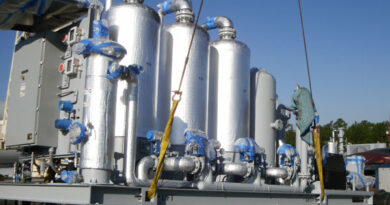Gujarat’s Solar Rooftop Policy in 2020. Simple Is Working
 Blooming in Gujarat
Blooming in Gujarat
Dakshin Gujarat Vij Company Limited, the discom tasked with the solar rooftop implementation in Gujarat, has received a very good response to the state’s rooftop solar scheme. Under the scheme, which was earlier administered through GEDA (Gujarat Energy Development Agency), residents and industries can get a subsidy of 40 percent for rooftop solar between 1KW to 3 KW, and 20 percent for sizes between 6 KW 10 KW. That translates to an effective price of approx. Rs 28,000 for those going till 3 KW, and Rs 37,000 for those opting for higher capacity till 10KW. That’s a price that can deliver payback in 3-4 years for most households in the 1 to 3 KW range. Which would explain the high interest in the scheme this time.
In fact, reports quote a figure of 16,700 applications that have been received so far.
We spoke to some of the empaneled vendors with DCVCL, to get their perspective on the policy and its response. These vendors wre based across cities ranging from Ahmedabad, to Vadodara and Bhavnagar.
Nirav Patel, one of the vendors based out of Vadodara greed with the reports of a strong response ,expressing the hope that the momentum would continue. He expressed the hope that despite the time period of 120 days specified in the tender conditions for activation of fresh connections, they would actually be able to close the loop in 60 days .
Installers were quite unanimous about maximum demand coming in the 1KW to 3 KW range, and not just due to the subsidies. ” There is a limit of 50 percent of solar capacity versus the sanctioned load, which ensures people will go for capacity upto 3KW. Plus, availability of appropriate spaces, rooftops, and even the monthly bills for a majority of middle class customers will determine demand”.
Of course, application fees, at just Rs 1500 has also been kept low, ensuring higher response. For connections above 6 KW, the fee is Rs 10,000 (upto 10 KW), and Rs 50,000 for connections between 10 KW to 1 MW, the limit for SRT connections)
Among other conditions, an installer highlighted the requirement for having an isolation device as the only extra as compared to earlier years, which is meant to help maintain grid stability in contingencies.
A simple net metering system, where rooftop owners set off their ‘production’ versus their consumption, will also go along way in keeping things simple for consumers.
DGVCL has gone so far as to predict a net solar generation of 25MW by the end of March 2020 through the scheme. That will be welcome news not just for solar fans, but also for a solar sector that has been buffeted by many disruptions. For now, the China impact is also minimal according to most installers we spoke to, with ready availability of domestically produced panels, as well as prices that allow some potential escalation in costs too.
The DGVCL website, with its detailed information on the scheme, payment gateway and clear turnaround times for various stages of the application process is also a huge improvement over many other discom websites in the country.
Thus, vendors in Gujarat are supposed to charge their customers only the cost net of subsidies, with the task of collecting the subsidy payments left to them. Where they claim to have recovered these amounts previously from GEDA in four to nine months (where queries were raised), this is the only area where most hoped for an improvement. It’s an issue that has dogged solar rooftop in many other states, where vendors have preferred to nudge their customers to ignore subsidies, sweetening the deal instead with lower rates on their own, or other value added services like extended maintainance support. The current rooftop conditions do not mandate any maintainance support for consumers in Gujarat either.




